In today’s digital age, the demand for seamless and efficient communication channels between businesses and customers has led to the rise of AI-powered chatbots. You need to Master AI-Powered Chatbots to stay ahead of the competition.
These intelligent conversational agents utilize artificial intelligence, natural language processing, and machine learning techniques to generate human-like interactions, thus improving customer experiences and streamlining business processes.
This article is a comprehensive guide to acquiring an understanding of chatbots, their architecture, underlying technologies, and how enthusiasts or hobbyists can master the art of chatbot creation to elevate their skills in the ever-evolving world of AI.
Understanding Chatbots & AgentGPT AI
Table of Contents
Chatbots, or conversational agents, are software applications that can simulate human-like interactions through text or voice-based interfaces. They leverage natural language processing (NLP) and machine learning (ML) technologies to decipher user queries, classify intents, and generate appropriate responses.
AI-powered chatbots, as the name suggests, integrate artificial intelligence (AI) to better understand and interpret human language, learn from customer interactions, and improve over time, providing a more personalized and efficient experience to users.
The history of chatbots dates back to the 1960s, with the creation of ELIZA, a simple text-based conversational agent that was able to simulate human conversations by recognizing specific patterns in user input.
However, it wasn’t until recent years, with the advent of advanced machine learning techniques and cloud computing, that AI-powered chatbots have gained immense popularity. In today’s digital landscape, AI chatbots are widely utilized across various industries as customer support agents, personal assistants, marketing tools, and even mental health counselors.
There are numerous types of chatbots employed for a range of use cases. Rule-based chatbots are primarily designed to follow a predetermined set of instructions or conversational flows. These chatbots are beneficial in cases where the user inquiries are straightforward and predictable, such as booking reservations or providing basic customer support.
On the other hand, AI-powered chatbots, equipped with machine learning algorithms and natural language processing capabilities, can understand complex language structures and generate more sophisticated responses. These chatbots are particularly useful in providing personalized recommendations, assistance in customer support, and conversational marketing.
One major advantage of AI-powered chatbots is their ability to process and analyze large volumes of data quickly and accurately.
This allows businesses to deliver streamlined customer experiences by automating repetitive tasks, such as addressing frequently asked questions, processing orders, or scheduling appointments. Moreover, as AI chatbots continue to learn from customer interactions, they can adapt to varying user needs, improving their efficiency, and providing more targeted results.
AI-powered chatbots have revolutionized the realm of customer engagement and support, transforming the way businesses interact with their clientele. Their ability to provide swift and personalized responses not only enhances customer satisfaction but also alleviates the workload on their human counterparts, enabling them to focus on more complex and high-value tasks.
As AI technology continues to advance, we can anticipate an increasing number of innovative chatbot applications across various domains, further expanding the relevance and potential of this ever-evolving field.
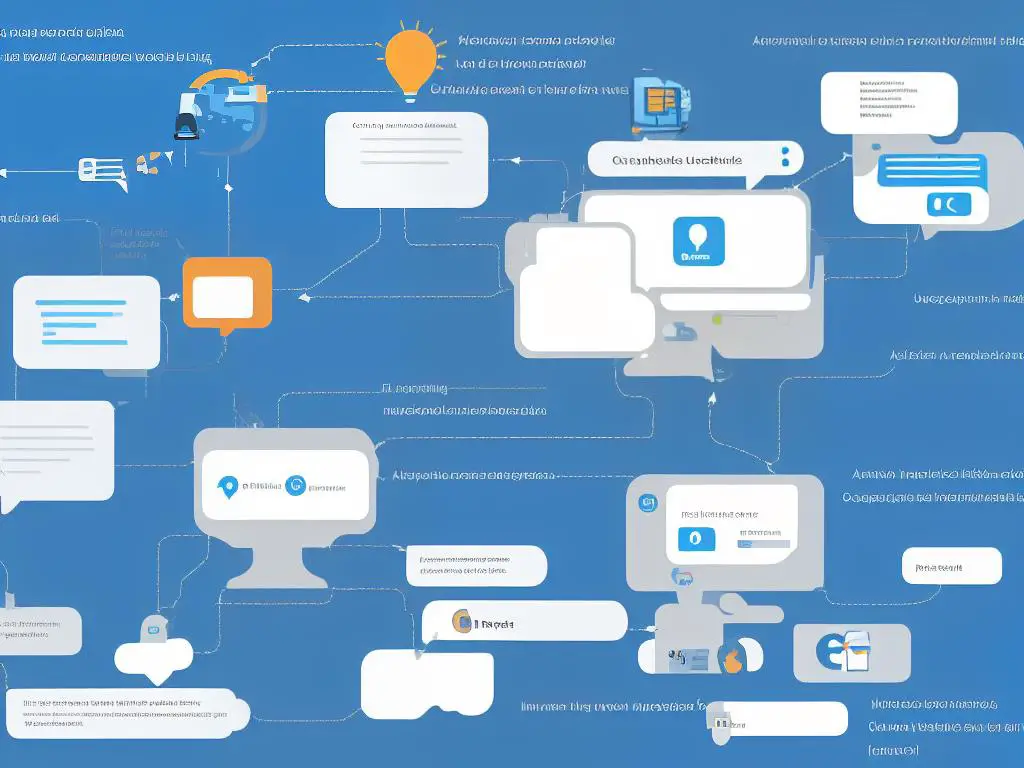
Chatbot Architecture & Design
In order to truly harness the power of AI-powered chatbots, it is essential to understand the underlying chatbot architecture, which serves as the bedrock for effective and efficient interactions and responses. This architecture encompasses a multitude of components, which include natural language processing (NLP), dialogue management, and response generation.
Developing a strong foundation in these components is crucial for designing a chatbot that can seamlessly communicate with users in a conversational manner, bridging the gap between technology and human interaction.
Natural language processing is crucial for enabling chatbots to understand and interpret user inputs.
This component consists of two primary elements: natural language understanding (NLU) and natural language generation (NLG).
NLU focuses on comprehending the user’s intent and extracting relevant information, allowing the chatbot to respond accordingly.
NLG, on the other hand, involves generating human-like responses by transforming structured data into natural language text.
Together, these two elements help create a seamless and intuitive conversational interface for users.
Dialogue management, another significant component of chatbot architecture, determines the flow of conversation by tracking the context and generating appropriate responses.
This may involve combining modular conversation elements or utilizing a state machine model to manage the different stages of interaction.
Machine learning algorithms, such as reinforcement learning, can be used to improve the dialogue manager’s decision-making capabilities over time, resulting in an increasingly sophisticated and engaging conversational experience.
As AI-powered chatbots rely on large datasets to fuel their learning and functioning, database integration also plays a crucial role in chatbot design.
This includes integrating the chatbot with various data sources to gather and store relevant information, such as user preferences, conversation history, and other valuable data.
By leveraging this data storage and retrieval system, chatbots can offer personalized experiences to users, catering to their specific interests and needs.
In the realm of AI-powered chatbots, enthusiasts and hobbyists must consider various channels and platforms to provide a seamless and consistent user experience.
As users engage across multiple devices, chatbots should be adaptable and compatible with various messaging platforms, social media networks, and voice interfaces.
By utilizing design principles, such as context-awareness and scalability, you can optimize chatbot performance and workflow for each specific platform, ensuring that users have an engaging and intuitive conversational experience.
Understanding and incorporating these chatbot architecture and design components will help you develop dynamic AI-powered chatbots that deliver on their promise.
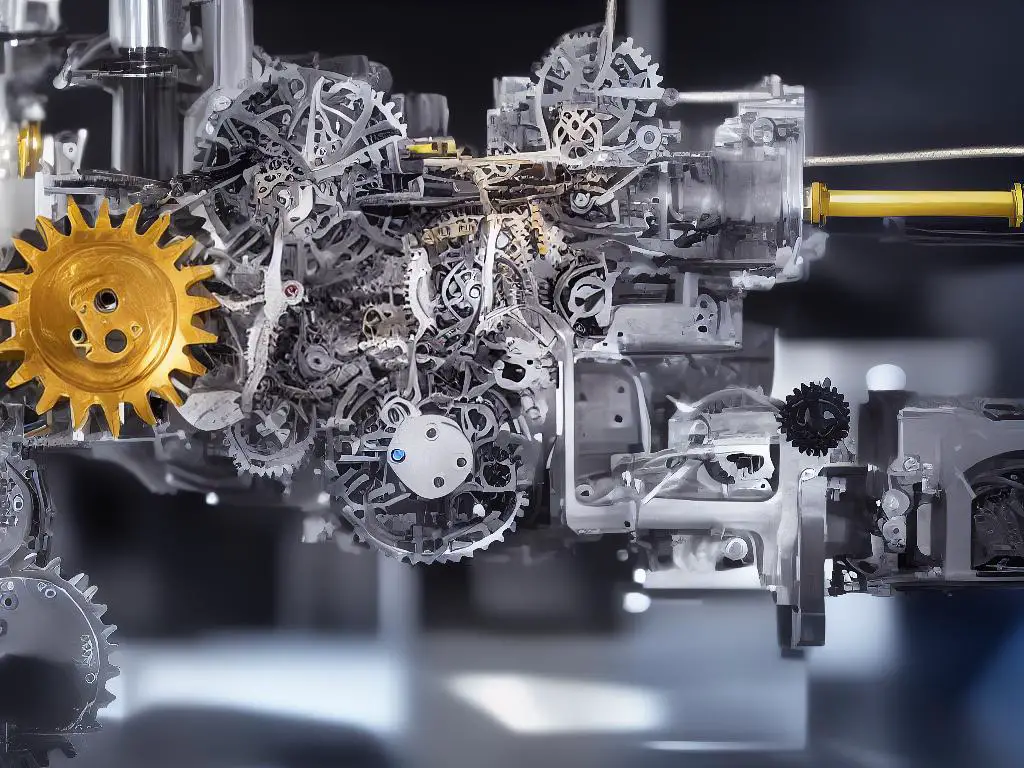
Natural Language Processing
One essential component at the heart of AI-powered chatbots is Natural Language Processing (NLP), which lies at the intersection of linguistics, artificial intelligence, and computer science.
NLP allows machines to read, understand, and analyze human language, resulting in smooth interactions between humans and computers. It involves the development of algorithms and models for a variety of tasks, such as sentiment analysis, machine translation, and named entity recognition (NER).
These methods and techniques are crucial for AI chatbots to comprehend the meaning behind user queries and generate intelligent responses, aligning with the adaptability and robust performance you need for various platforms and devices.
Tokenization is one of the fundamental processes in NLP, where raw text input is broken into smaller chunks or tokens. These tokens are the building blocks necessary for syntactic and semantic analysis when developing an AI chatbot. Tokenization helps in classifying words according to their types (e.g., nouns, verbs, adjectives), which enables the chatbot to recognize the context and meaning behind a user’s message.
Techniques like sentence tokenization and word tokenization allow an AI chatbot to analyze conversations more effectively.
Another vital NLP technique is stemming, which aims to reduce a word to its base form, called the stem. This allows AI chatbots to treat words with the same meaning but different forms (like ‘running’ and ‘run’) identically.
By identifying common word stems, chatbots can efficiently detect similar phrases and patterns, ultimately broadening their conversation scope. Stemming techniques, like the Porter stemmer and the Lancaster stemmer, help enhance an AI chatbot’s ability to extract relevant information from user queries and generate suitable responses.
Lemmatization, another critical NLP technique, also simplifies words down to their base forms, called lemmas. However, unlike stemming, lemmatization considers the word’s context and identifies its proper part of speech. For example, stemming might reduce the word ‘better’ to ‘bet,’ while lemmatization transforms it to ‘good.’ AI chatbots make use of lemmatization to achieve accurate and more meaningful comprehension of user inputs, ensuring the generated response is contextually appropriate.
Various libraries and APIs have been developed to simplify natural language processing (NLP) tasks and enhance the performance of AI-powered chatbots. Notable libraries such as NLTK (Natural Language Toolkit), SpaCy, and Gensim offer essential functions like tokenization, part-of-speech tagging, and topic modeling. APIs like Google Cloud Natural Language API and IBM Watson Natural Language Understanding provide pre-trained machine learning models to perform sentiment analysis, named entity recognition (NER), and more.
By leveraging these tools, enthusiasts and developers can quickly build advanced AI chatbots capable of understanding natural language, catering to diverse use cases, and providing contextually accurate responses.
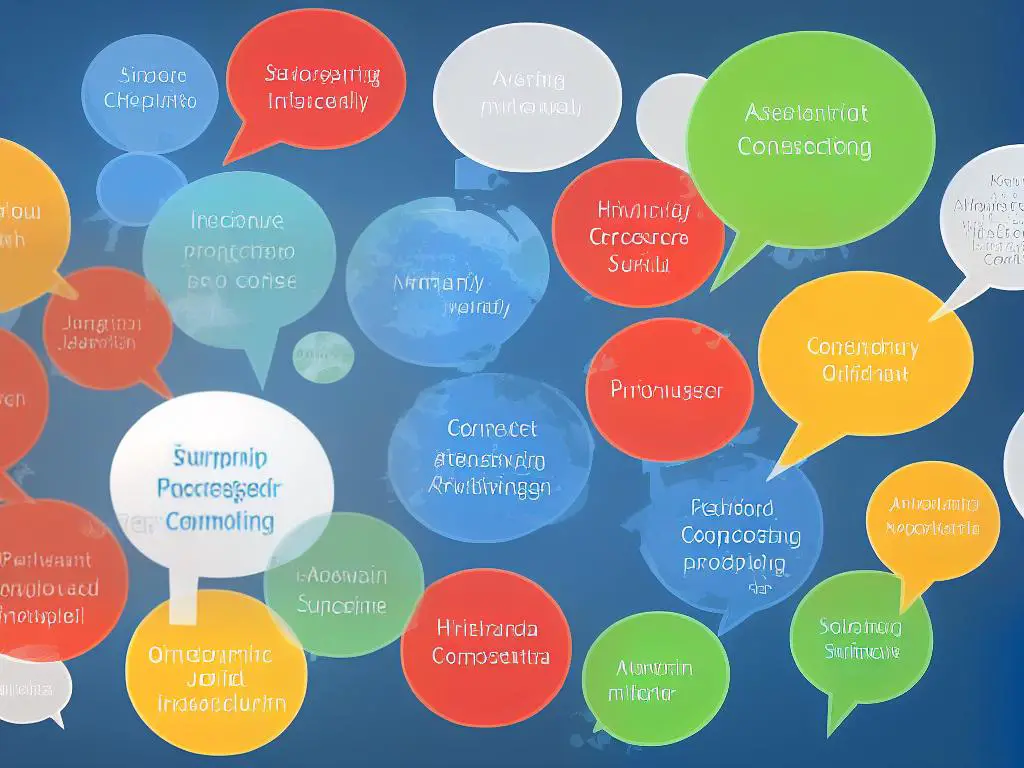
Machine Learning for Chatbots
Machine learning plays a vital role in AI chatbot development since it empowers them to process natural language, analyze data, and make intelligent decisions. Consequently, hobbyists must familiarize themselves with several key machine learning methods when building AI chatbots.
There are two main types of machine learning techniques applied to chatbot development: supervised and unsupervised learning. Understanding and implementing these methods will enable enthusiasts to create more effective and adaptable AI-powered chatbots.
In supervised learning, chatbots are exposed to various conversation examples that include specific input-output pairs. The algorithms then analyze these examples and make predictions based on patterns identified in the training data.
Some key supervised learning algorithms used in AI chatbot development include support vector machines (SVM), decision trees, and deep learning neural networks.
These algorithms are often used for tasks such as sentiment analysis, intent classification, and entity recognition.
On the other hand, unsupervised learning involves chatbots identifying patterns and relationships in data without specific input-output examples.
It allows chatbots to cluster data based on similarities and learn more about the relationships between various data points.
One popular unsupervised learning algorithm for chatbots is the K-means clustering algorithm, which is primarily used for text classification and clustering of similar conversation elements.
To train your chatbot effectively, it’s important to curate a high-quality dataset containing diverse conversation examples.
This helps your chatbot understand different contexts, intents, and responses.
Additionally, you should ensure that the dataset is balanced to avoid biased predictions.
For supervised learning, cross-validation can be used to assess the chatbot’s performance over multiple training dataset splits, enabling you to fine-tune the model.
Evaluating the effectiveness of your AI chatbot is an essential part of the development process, as it helps you recognize areas of improvement, ensuring optimal functionality.
Common evaluation metrics used for chatbots include accuracy, precision, recall, and F1 score.
Accuracy refers to the proportion of correctly classified instances, while precision and recall represent relevance and completeness, respectively.
F1 score is the harmonic mean of precision and recall, providing a balanced view of the model’s performance.
Monitoring these metrics guarantees your chatbot consistently delivers excellent responses and evolves over time, enhancing user experience.
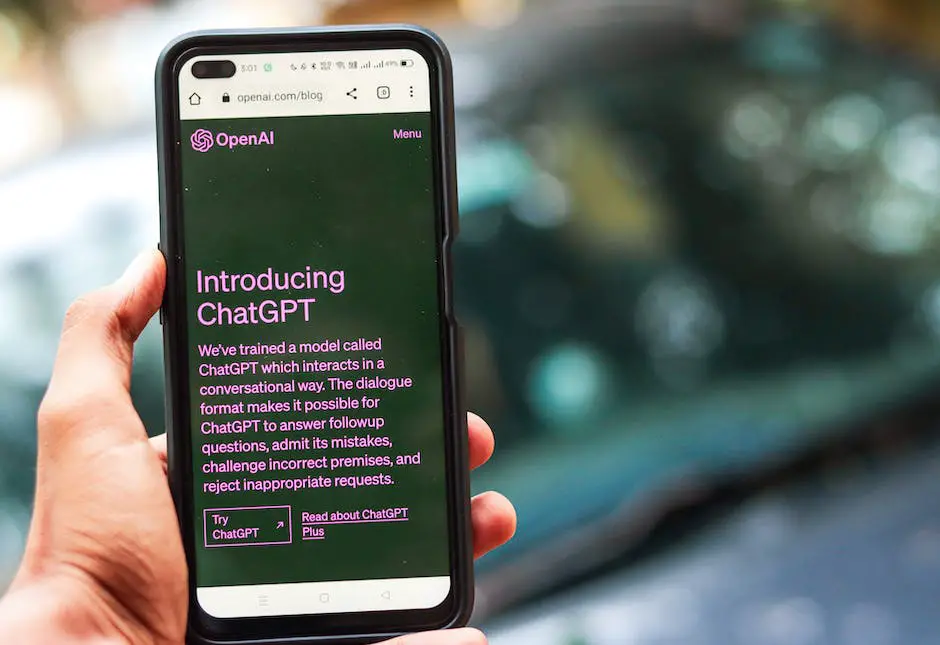
AI Chatbot Development Platforms
One of the most popular AI chatbot development platforms is Dialogflow, a product developed by Google. It utilizes Natural Language Processing (NLP) and Machine Learning technologies to improve a chatbot’s capacity to comprehend human language, crafting increasingly smart responses.
Dialogflow supports over 20 languages and allows seamless integration with major messaging platforms such as Facebook Messenger, Slack, and WhatsApp. Its extensive knowledge base helps developers craft chatbots capable of performing complex tasks and transactions. Designed for all skill levels, the platform is user-friendly for beginners and experienced developers alike.
Wit.ai, acquired by Facebook in 2015, is another AI chatbot development platform that focuses on creating chatbots with NLP capabilities. Wit.ai empowers developers to build engaging conversational experiences by using a web-based interface, where they can train the chatbot’s model with intents, skills, and expressions.
It supports multiple languages and can be easily integrated with popular messaging apps such as Facebook Messenger, WeChat, and Line. Wit.ai also provides open-source SDKs for popular programming languages like Python, Node.js, and Ruby, allowing developers to utilize the platform with ease.
Rasa is an open-source alternative for AI chatbot development that gives developers complete control over their product. With its extensive libraries for building NLP models, Rasa offers a customizable solution for creating chatbots that can understand and process complex human language.
The platform also provides Rasa X, a conversational AI toolset, which enables developers to design, test, and deploy AI chatbots more efficiently. As an open-source framework, Rasa offers a flexible option for those looking to build chatbots without restrictions from proprietary tools or regulations.
IBM Watson Assistant is another AI chatbot development platform that has gained popularity among developers. Its key features include NLP capabilities, a powerful analytics dashboard, and Swift integration with platforms like Slack, Messenger, and Salesforce.
IBM Watson Assistant ensures a secure and private environment for deploying chatbots, making it an ideal choice for enterprise use. The platform also allows developers to build multiple, specialized chatbots, each targeting different aspects or functions of a business.
Microsoft Bot Framework is a comprehensive offering that empowers developers to create versatile AI chatbots using Azure Bot Services and BotBuilder SDKs. The platform supports several channels such as Facebook, Skype, and Teams while also integrating with the Microsoft Cognitive Services suite for added language understanding and intelligent capabilities. By using Microsoft’s exceptional AI and data services, developers can build powerful and customizable chatbot experiences that cater to unique business requirements.
In summary, AI chatbot development offers numerous powerful platforms, such as Dialogflow, Wit.ai, Rasa, IBM Watson Assistant, and Microsoft Bot Framework, which cater to various requirements. Each of these popular platforms enables developers to design, build, and deploy intelligent, conversational chatbots that are tailored to their specific needs and objectives by providing a unique set of features and integrations.
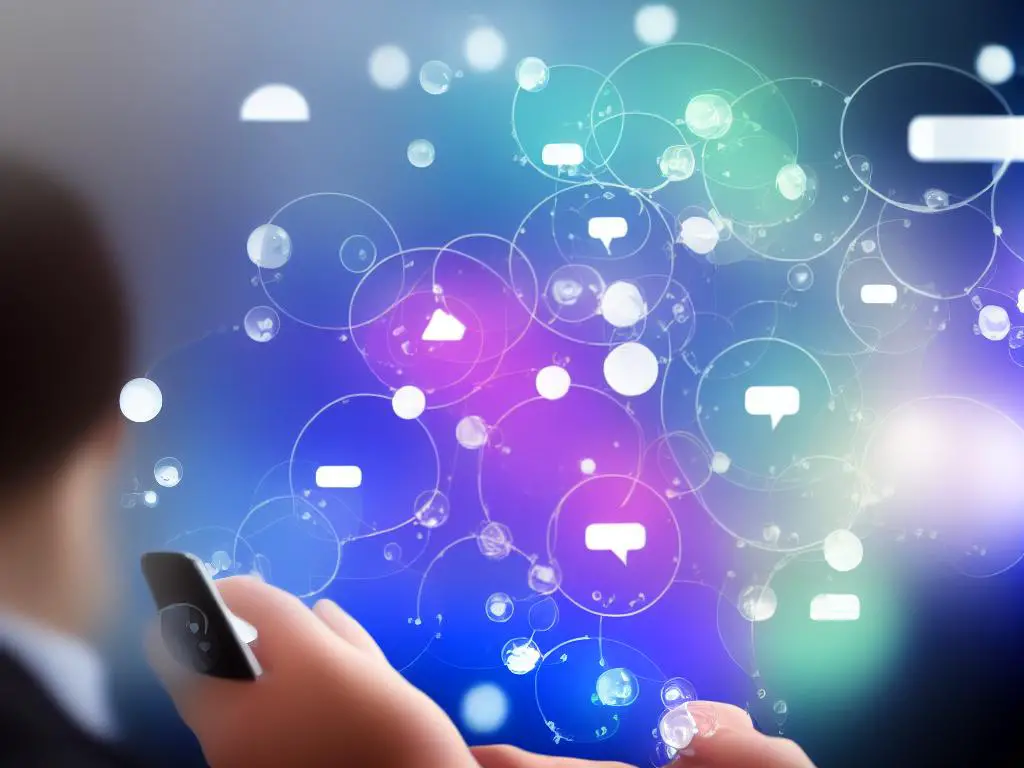
Integrations and APIs
Seamless integration of AI-powered chatbots across different platforms, including websites, apps, and messenger platforms, greatly enhances the user experience by providing smooth interactions. As chatbots evolve and become more intelligent, it becomes crucial for them to be equipped with robust means of interacting with external systems and data sources, ensuring their continued effectiveness and growth.
APIs (Application Programming Interfaces) and webhooks are two such methods that help in extending the chatbot’s functionality, allowing it to engage users in more meaningful ways and access additional data for better engagement and support.
AgentGPT AI APIs
APIs are essential when it comes to connecting a chatbot with various platforms like websites, apps, and messaging platforms. They serve as the means for communication and interaction between different interfaces, allowing data exchange and ensuring that your chatbot can understand and respond to user queries adequately.
By integrating APIs, developers can grant the chatbot access to third-party services or internal databases, thus expanding its knowledge base and providing more accurate and useful responses to users. For example, a chatbot deployed in an e-commerce website can use APIs to access product information and inventory data, enabling it to provide accurate product availability and pricing details to potential buyers.
Webhooks
Webhooks, on the other hand, allow developers to define custom actions for the chatbot based on specific user inputs or events. In simple terms, a webhook is a URL that receives data from external sources to perform a specific action.
Integrating webhooks can enable chatbots to react in real-time to user interactions, making conversations more dynamic and personalized. For instance, once a customer places an order on an e-commerce website, a webhook can notify the chatbot to initiate the order tracking process and provide shipping updates to the customer.
Combining APIs and Webhooks
Combining APIs and webhooks, developers can create powerful AI-driven chatbots that can collect data from various sources, process it, and deliver intelligent responses while also interacting with other systems. This approach grants the chatbot a dynamic and flexible behavior, enabling it to adapt to fluctuating user requirements and provide a more satisfying user experience.
For example, a restaurant reservation chatbot could leverage API integrations to access available booking slots, while webhook integrations could allow it to send real-time confirmations or cancellations to users.
Integrating AI-powered chatbots with APIs and webhooks can significantly improve the user experience, but to become skilled in this arena, it’s crucial to consider the security aspects and proper authentication protocols for protecting sensitive data.
Comprehensive documentation and robust support from chatbot platform providers can also assist enthusiasts and developers in utilizing these integrations effectively and without hurdles. By focusing on these key elements, you can ensure the seamless integration of AI chatbots with various platforms, resulting in a highly functional, engaging, and user-friendly system.

Analyzing and Improving Chatbot Performance
Analyzing and improving chatbot performance is an essential aspect of mastering AI-powered chatbots and ensuring they provide users with the best possible experience. Familiarize yourself with various metrics and key indicators to evaluate the effectiveness of a chatbot, such as response time, user retention rate, and user satisfaction rate.
By understanding these measurements, enthusiasts and developers can make data-driven decisions to optimize and enhance their chatbots further, ultimately bridging the gap between the first and second paragraph topics smoothly.
One effective way to improve chatbot performance is by gathering user feedback. This allows users to provide their thoughts and criticisms directly, helping developers understand which areas of the chatbot need improvement. Moreover, users often have unique perspectives and ideas that developers might not have considered.
By incorporating this feedback, chatbot enthusiasts can adapt their existing AI chatbots to be more engaging, helpful, and enjoyable for users. A/B testing is another great way to analyze and improve chatbot performance. By creating multiple versions of the chatbot with varying features or responses, developers can test each version’s effectiveness against a control group.
By collecting data on user engagement, response times, and user satisfaction, developers can determine which version performs better and make necessary changes to their chatbot. This iterative process allows for ongoing improvements to the chatbot and ensures it remains relevant and engaging to users.
Utilizing analytics tools offer valuable insights into chatbot performance, as they provide metrics on user interactions, engagement, and even areas where users may be struggling. Analyzing this data can help identify trends and patterns, enabling chatbot developers to make informed decisions on what aspects need improvement and where future development efforts should be focused.
Additionally, understanding user behavior within the chatbot can also lead to the identification of user pain points that may not have been apparent during the design phase.
In summary, a comprehensive approach to analyzing and improving chatbot performance is crucial for creating effective and engaging AI-powered chatbots. By obtaining user feedback, carrying out A/B testing, and adopting analytics tools, developers can identify areas of improvement which will enhance user satisfaction and overall chatbot success.
Given the rapidly evolving landscape of AI-powered chatbots, staying in tune with user preferences and continuously optimizing chatbot performance can lead to increased user engagement and, ultimately, a more successful chatbot experience.

As we embrace the era of AI and machine learning, chatbots have established themselves as powerful tools for communication, optimization, and automation.
With the knowledge gained about chatbot architecture, natural language processing, machine learning methods, development platforms, integrations, and performance evaluation, enthusiasts and hobbyists will be better equipped to create sophisticated AI chatbots that elevate user experiences, solve problems, and push the boundaries of what these versatile applications can do. The future of AI-powered chatbots relies on continuous improvement, innovation, and the passion of curious minds to unlock their true potential.

I’m Dave, a passionate advocate and follower of all things AI. I am captivated by the marvels of artificial intelligence and how it continues to revolutionize our world every single day.
My fascination extends across the entire AI spectrum, but I have a special place in my heart for AgentGPT and AutoGPT. I am consistently amazed by the power and versatility of these tools, and I believe they hold the key to transforming how we interact with information and each other.
As I continue my journey in the vast world of AI, I look forward to exploring the ever-evolving capabilities of these technologies and sharing my insights and learnings with all of you. So let’s dive deep into the realm of AI together, and discover the limitless possibilities it offers!
Interests: Artificial Intelligence, AgentGPT, AutoGPT, Machine Learning, Natural Language Processing, Deep Learning, Conversational AI.


